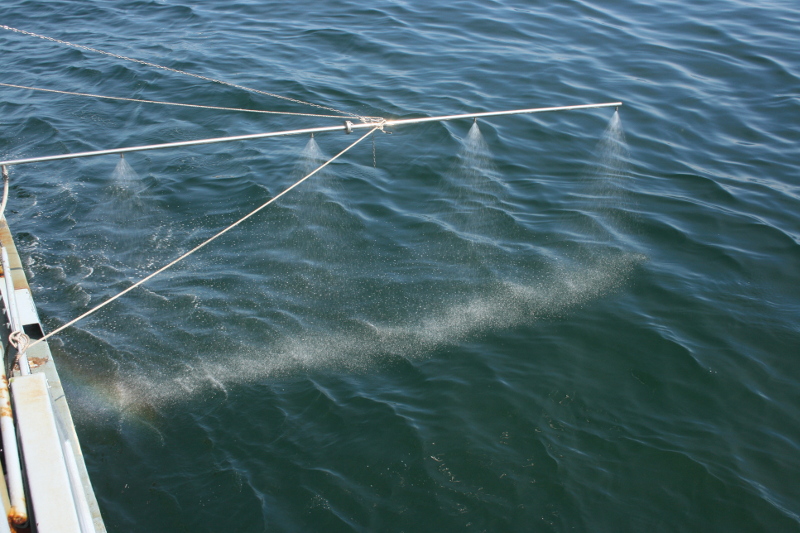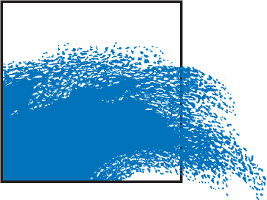Authorisation to use dispersants at sea
Options to combat oil spills at sea - NEBA
Belgian maritime areas are characterised by busy shipping lanes, and consequently, high risks of collision at sea and accidental sea pollution. If an emergency situation occurs at sea, in which oil is accidentally spilled into the marine environment, there are limited options available to combat the spill - and each has its own advantages, disadvantages and restrictions:
-
Mechanical recovery is a technique by which oil is removed from the surface of the sea by a system of floating barriers known as booms and specially developed extractors known as skimmers. However, mechanical recovery systems take some time to deploy and the system's efficiency rapidly decreases in wind speeds over force 4 or 5.
-
Chemical dispersion a is technique by which oil spills are treated with so-called ‘dispersants’. These are chemical detergents which cause the oil to degrade more rapidly and move to the water column in the form of small oil droplets. However, dispersants cannot be deployed on all types of oil and can only be deployed within a limited time window. If the use of dispersants is not properly organised, a chemically dispersed oil slick could worsen the environmental damage, especially in shallow waters.
-
At times the intervention is limited to monitoring the pollution at sea. However, this is only acceptable in stormy weather, during which it is impossible to combat the problem at sea, or in the case of a relatively small spill which disperses naturally in a short space of time.
When deciding the most appropriate option(s), the aim must always be to achieve an overall reduction in environmental damage. This statutory evaluation is called the Net Environmental Benefit Analysis (NEBA).
MUMM as the competent authority for allowing the use of dispersants
If used rashly, dispersants can aggravate rather than diminish the environmental damage in some instances, and for this reason the MUMM has been officially recognised as the competent authority for granting permission for the use of dispersants at sea. Specifically, this means that for any incident in which dispersants are considered, permission must always be sought from the MUMM prior to use.
Four questions must be answered in the MUMM's consideration of the use of dispersants at sea (the NEBA process). Dispersant use is only acceptable if every question is answered affirmatively:
-
Is the oil dispersible?
-
Is the slick still within the time window for dispersant use?
-
Do the weather conditions at sea allow for an effective use of dispersants?
-
Will the dispersed oil do more good than it does harm to the environment?
For more information on this evaluation process please see the MUMM file on Authorisation to use Dispersants (NL, FR).
For authorisation to use dispersants, the MUMM can either be contacted directly (during office hours) or they can be alerted through the federal DG Environment, the Belgian Coast Guard services (MRCC and MIK), or the North Sea Emergency Plan Crisis Structure, the ANIP Noordzee, on a 24/7 basis.



